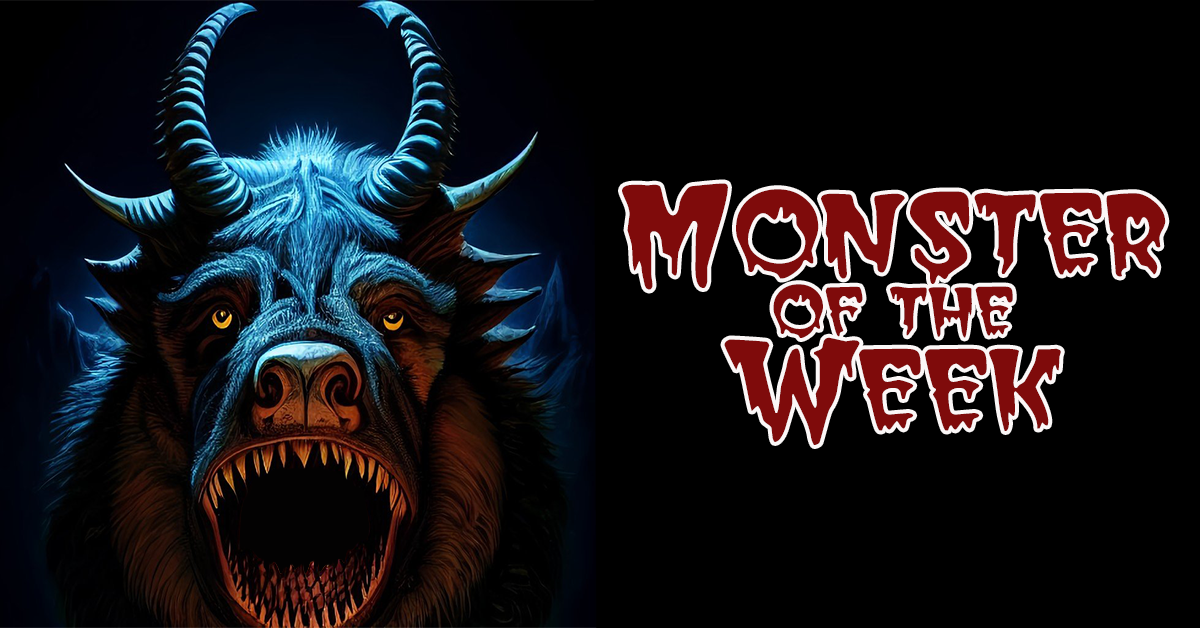We may earn money or products from the companies mentioned in this post.
My first attempt to read Tolkien was in middle school, when I read the first book in the Lord of the Rings trilogy. I didn’t want to finish it, but I’d picked it for a book report or something and by the time I realized I didn’t like it, it was too late to switch to something else. A few years later, I read The Hobbit and really enjoyed it. I decided maybe I was just too young the first time around, and started the trilogy again. This time I got about halfway through the second book before deciding The Hobbit was an anomaly and giving up on Middle Earth. Many years later, the movies were announced and I decided that if the guy who made Dead Alive and Meet the Feebles was willing to dedicate the better part of a decade to these books, I needed to give them another try. Once again, I made it about halfway through the second book before getting bored with it.
The Middle Earth books have good characters, a good story, and a richly-detailed setting, but I just can’t get through them. Part of the problem is Tolkien’s writing style. I tend to prefer writers who embrace Orwell’s “Politics and the English Language,” so Tolkien’s overwritten prose just isn’t my thing. To his credit, at least Tolkien uses one unit of well-written (if overwrought) prose to describe one thing or aspect of a thing rather than spewing a bunch of repetitive nonsense in the apparent belief that the more words you use, the smarter you are. I gave up on Game of Thrones when I hit a sentence that used three adjectives, a couple of adverbs, two similes, and a handful of metaphors so inapplicable even Dan Brown wouldn’t try to pass them off as legitimate that each informed me that blood was red. Tolkien’s writing style is kind of pretentious, but at least it’s not bad writing.
While Tolkien’s writing isn’t my bag, the reason reading his books is like gaming with a bad GM is that he had a tendency to tell rather than show. You don’t feel like you’re reading an adventure story, you feel like you’re reading a history textbook or a series of encyclopedia entries. There’s no momentum to the story. The same thing happens in a bad game, but in a different format. You burst through the door, sword in hand ready to bash some orc…and then you have to stop and wait for the GM to read a purple-prose-filled description from a grey box in the module (or worse, his own bad writing), often in a droning monotone. Or you spend an entire contrived scene dealing with a character, landmark, or other game world artifact that adds little or nothing to the story but is shoehorned into the session because the GM (or whoever wrote the supplement) created it and by God it’s going to show up in the story. Or the game grinds to a halt for 20 minutes while the GM looks through his notes for some detail nobody cares about. Or the GM (especially during character creation) tells you “you can’t do that” for some obscure game-world reason.
Basically, my problem with Tolkien is that Middle Earth is so over-designed that he spends more time telling the reader about the world than telling them the story. The Tolkien school of over-design, which has been embraced by most gamers, tells you that more detail means a better world, but in my experience it’s more likely to slow the adventure to a crawl, limit character options, and bore the players with minutia. It’s not the quantity of details that’s important, it’s the quality. A few telling details that help the players (or readers) visualize and understand the flavor of a place will make it seem more alive than a whole book full of detailed information about its system of government, imports and exports, demographics, and history. Telling them who would play an NPC in the movie gives them a better sense of the character than giving them a Wikipedia-style entry. The players need a few details they can latch onto, not huge piles of data that make their eyes glaze over.
Another problem I’ve seen with overly designed worlds, especially in games, is that when someone puts that much time and effort into something, they don’t like other people breaking it. As a result, the players may feel railroaded because the GM resists any course of action that might cause a major upheaval that isn’t part of the storyline the GM planned for. If the players do manage to change the status quo, the GM immediately goes into damage control mode to contrive ways of returning everything back to the way it was (or as close to it as possible).
You can really see the Tolkien’s over-design when you compare him to someone like Robert E. Howard. When Tolkien mentions some far-away place, he usually gives you a lot of detail that’s mostly irrelevant to the current scene or story. By the time he gets back to the action, you’ve forgotten what was happening. When Howard mentions some faraway place, he may give you a short and evocative description, but then it’s right back to Conan and his mighty thews. The reader only learns more when and if Conan ends up there, or when more information is needed to move the plot along. This difference is in part due to economics: Tolkien was a well-off Oxford professor, so he had plenty of time to spend designing his world. Howard was grinding out stories to pay the rent, so he didn’t have the luxury of wasting time on unnecessary world building. The unintentional result is that Tolkien’s world feels like a museum where you can look at exhibits and hear lectures, while Howard’s feels like a living world full of mystery and adventure.
A few years ago, some friends and I were talking about the difference between Tolkien-style fantasy and American fantasy. During the conversation, I mentioned my theory that Tolkien’s meticulous world design actually detracted from his stories and that part of the appeal of the pulp stories is the sense that so much of the world is unknown and therefore full of potential. The conversation led to a pick-up sword & sorcery game that turned into an occasional ongoing campaign (we’re spread out over several states and have conflicting schedules that so far haven’t allowed us to play online). In part to test my theory and in part because it made taking turns as GM easier, we decided that all world design had to happen “on-screen.” You can brainstorm all you want, but nothing’s cannon until the characters encounter it themselves during a session. We’ve only played the game a handful of times, but since everyone’s still excited about the game despite the long (sometimes a year or more) hiatuses between sessions, it seems to be working. The things we know about the world wouldn’t come close to filling a typical D&D sourcebook, but the things we don’t know about the world are infinite, and those are the parts we can’t wait to discover.
Want to live like a long-dead Italian? Become a patron!






